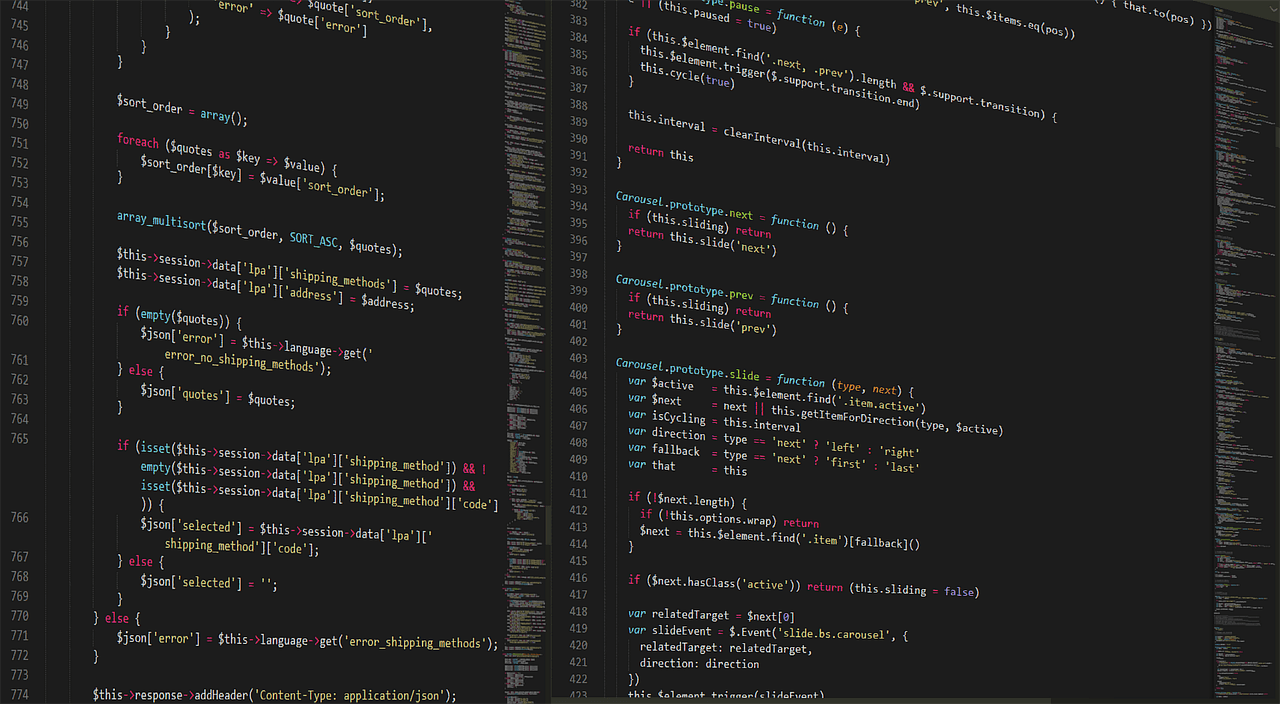Mobile application development has seen significant changes over the past few years, driven by the need for businesses to engage users effectively. With the rise of smartphones and tablets, companies are increasingly focusing on creating intuitive and performant applications to keep up with user demands.
The mobile app development landscape is constantly evolving.According to Statista, there were over 2.87 million apps available for download on the Google Play Store as of 2023, while the Apple App Store had around 1.96 million apps. This abundance of choices poses challenges for developers as they strive to stand out in a crowded market.
One of the critical decisions in mobile app development is choosing between native and cross-platform development. Native development entails creating apps specifically for iOS or Android, utilising platform-specific languages such as Swift for iOS or Kotlin for Android. This approach often results in better performance and a more tailored user experience.
On the other hand, cross-platform development frameworks like React Native and Flutter allow developers to write code once and deploy it across multiple platforms. For instance, Airbnb transitioned to React Native for its app and reported significant improvements in productivity and code maintainability. However, while cross-platform solutions can save time and resources, they may compromise performance and access to device-specific features.
Agile methodologies are increasingly favoured in mobile app development. By fostering collaboration between cross-functional teams, Agile enables iterative development, allowing for rapid feedback and adjustments. For example, Spotify employs Agile practices to ensure its development teams can respond quickly to user feedback and market changes, which contributes to its continued success in the competitive streaming market.
While developing mobile applications, developers often make mistakes that can be avoided with proper planning and execution. One common error is neglecting user experience (UX) design. A study by Forrester Research found that every £1 invested in UX design brings £100 in return. Therefore, ensuring that the app is user-friendly and visually appealing should be a priority.
Another mistake is failing to perform adequate testing. According to a report from App Quality Alliance, apps that are not thoroughly tested can lead to a 50% higher chance of user abandonment. Ensuring comprehensive testing across devices and operating systems is crucial for delivering a polished product.
Examining real-world examples can provide valuable insights into successful mobile app development. Take Netflix, for instance. The streaming giant has developed its app with a focus on seamless performance and a user-friendly interface. By continuously analysing user data and optimising their app experience, they have maintained a competitive edge in the market.
Another example is Uber, which utilises sophisticated algorithms to match drivers with riders. Their app is built on a microservices architecture, allowing for rapid scalability and updates without affecting the entire application. This adaptability has been crucial in their global expansion and success.
Future Predictions in Mobile App Development
Looking ahead, several trends are poised to shape the future of mobile app development. One notable trend is the increasing integration of artificial intelligence (AI). AI-powered applications can enhance user experiences by personalising content and providing intelligent recommendations. For example, Google Maps uses AI to predict traffic patterns and suggest optimal routes.
Additionally, the Internet of Things (IoT) is set to play a significant role in mobile app development. As more devices become interconnected, apps will need to facilitate seamless communication between various devices. For instance, smart home applications will enable users to control their homes remotely, leading to increased demand for such functionalities.
In summary, the mobile application development landscape is rapidly changing, with new technologies and methodologies shaping how developers approach their projects. By understanding the nuances of native versus cross-platform development, adopting Agile practices, and learning from successful case studies, companies can position themselves for success in this competitive field. As we move forward, embracing emerging technologies like AI and IoT will be essential for staying ahead in mobile app development.

Photo by Boskampi on Pixabay (https://pixabay.com/photos/programming-html-css-javascript-1873854/)

Photo by Pexels on Pixabay (https://pixabay.com/photos/technology-computer-code-javascript-1283624/)


